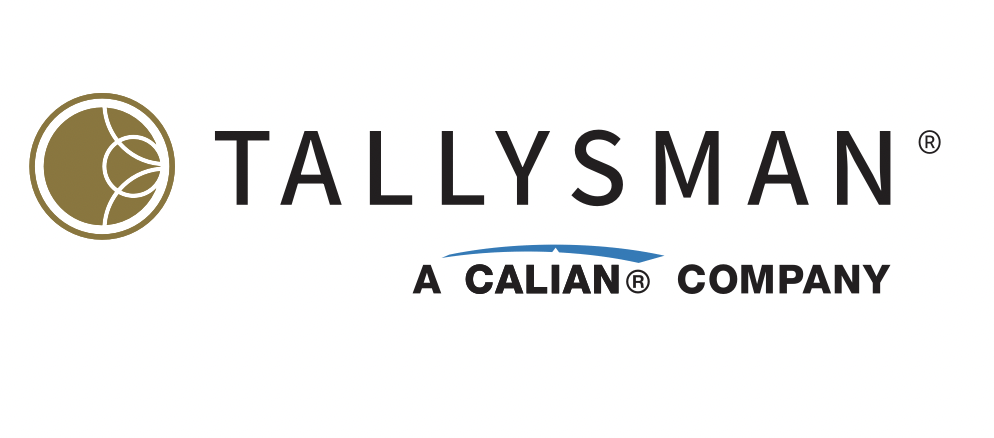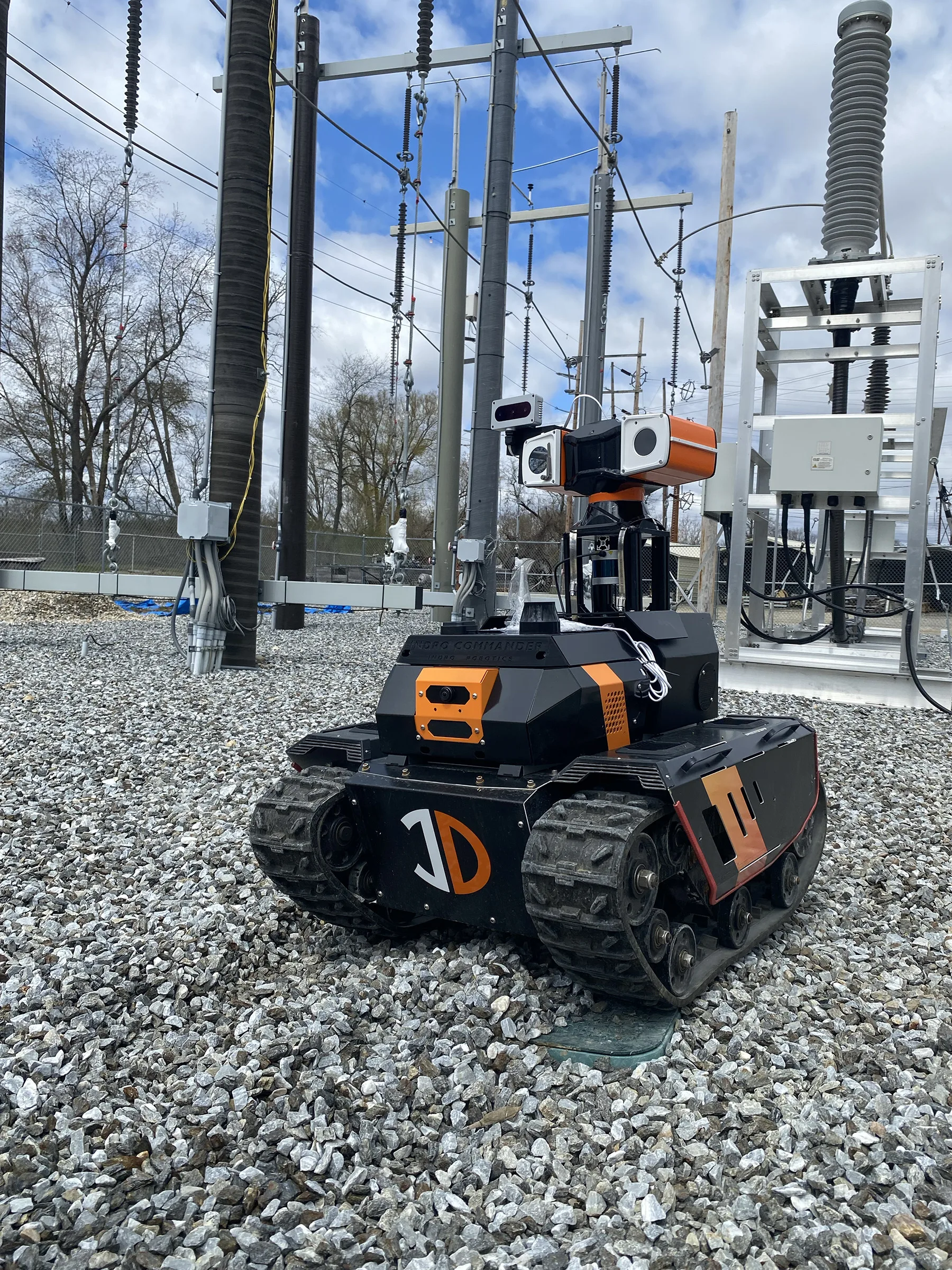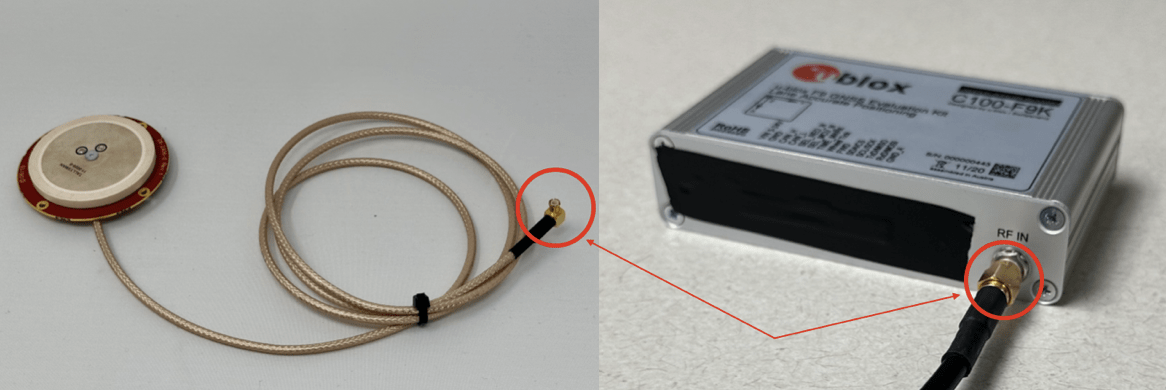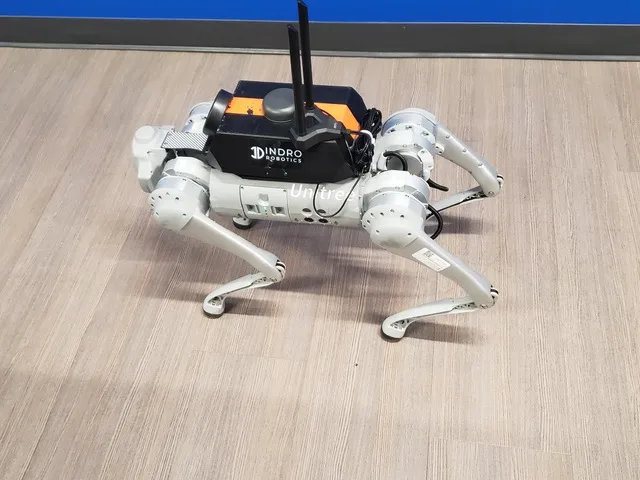
InDro Robotics, Tallysman partner on precision GNSS solution for ground robots
By Scott Simmie
There’s nothing like synergy.
And a new high-precision solution for location and heading – a collaboration between Indro Robotics and Tallysman Wireless – is the result.
As you likely know, while GPS is great – and good enough for us driving around using WAZE – its accuracy can leave something to be desired. Traditional Global Navigation Satellite System (GNSS) solutions generally are accurate to around 2.5 metres Circular Error Probability (CEP). That means the reported location has a 50 per cent chance of being within 2.5 metres of where it actually is. What’s more, that error rate exists under ideal conditions – with the detection system stationary and with an unobstructed view of satellites.
That’s good enough for a car with a driver, or a cargo ship. But many robotic applications require far greater precision. If you’re running a remote inspection robot using GPS waypoints, 2.5 metres isn’t good enough.
Think about it. In the example of a remote inspection robot, the device is generally operating at the location of a high-value asset. You might want a repeatable routine where the robot can get up close to look at gauges, valves, or anything else requiring inspection. You might want it to pass through a doorway, or get very close to – without touching – a highly energised electrical component. So accuracy matters, whether in this application or many other use-cases.
Now, InDro and Tallysman Wireless, a Calian company, are pleased to announce a solution.
Below: An InDro Sentinel inspection robot

LOCATION, LOCATION, LOCATION
That real estate phrase certainly applies when it comes to high-level robotics. But how do you get from a potential error of 2.5 metres down to, say, 2.5 centimetres – two orders of magnitude?
In this case, the solution came by partnering with Tallysman Wireless.
The company is known for its leading-edge GNSS and Iridium antennas. Tallysman also has an enviable reputation for customising those antennas for global clients seeking specific GNSS solutions. Ships, aircraft, trains and even drones carry out critical missions daily while relying on Tallysman solutions. InDro, meanwhile, is known for its R&D work, robots and custom innovations in the aerial and ground robotics world. So the potential was there for collaboration.
Because – and we know this well – it’s not just as simple as plugging antennas and receivers together and hoping for the best.

THE ISSUE(S)
Antennas – even really good ones – are finicky pieces of equipment. Depending on what you’re mounting them on, they can be subject to interference that diminishes their performance. The type of connector attaching them to a receiver, even the length of the cable used in that connection, can also detract from optimal signal acquisition and accuracy. That’s why you want someone like Tallysman Wireless on board.
“We are experts in Global Navigation Satellite System (GNSS) solutions, specifically the antennae side of things,” explains Gord Echlin, Tallysman’s Director of Business Development.
“A lot of people assume, unless you use the term GPS, that it’s a fairly easy thing to implement and get accurate results. Nothing could be farther from the truth.”
As Tallysman Wireless explains in a brochure:
“The problem is that keeping the antenna to system interface in the analog domain requires a lot of RF expertise to manage, expertise that is not widely available, and these issues amplify with long signal transmission over cables. Digital systems with built-in LTE communication links, common components of autonomous systems, are direct threats to the integrity of the GNSS signal.
“Tallysman Wireless has solved this problem by integrating their sensitive, high performance, GNSS antennas in the same package as advanced GNSS receivers, in what is commonly called a ‘Smart’ Antenna. The GNSS processing solution is in compact, carefully engineered to mitigate the potential impairments between the antenna and receiver, and the Position/Navigation/Timing (PNT) information is now communicated to application system over in the digital domain, over a serial interface (UART, USB, CANbus, or Automotive Ethernet).”
Or, as Echlin puts it: “We take the receiver, and we take the antenna and put it in the same package to mitigate the outside interference such that you get less than two centimetres of error. That, along with very precise heading information – with accuracy to 0.3 degree.”
THE INDRO CONNECTION
With the Tallysman Wireless integrated solution, there was just one more piece of the puzzle remaining. How to integrate this into a robot? That’s where InDro’s engineering team came along.
The package required a software interface where none had existed before. InDro engineers created a ROS2 coding solution and integrated the Tallysman smart antenna onto our InDro Backpack – which we use with Unitree quadrupeds.
InDro Backpack is our system for remote teleoperations over 5G (and 4G), which also allows for rapid sensor integration and other customization using ROS1 and ROS2 software libraries (which, along with an EDGE computer and high-speed modem, are on-board).
The complete solution – hardware and software – enable consistent, high-accuracy positioning. InDro Plans to offer this complete solution to clients in need of precision positioning.
Below: The Tallysman Smart Antenna solution, integrated with new ROS2 coding into the InDro Backpack

INDRO’S TAKE
We were pleased to partner with Tallysman Wireless on this integration project. With robots increasingly used for remote inspection of high-value assets, accurate positioning and heading data has become essential.
“Being able to tap into the expertise of Tallysman Wireless – and combine their solution with software from InDro engineers – has resulted in a powerful solution,” says InDro Robotics CEO Philip Reece.
“We’ve already begun integrating this onto our own robots, and look forward to offering this to clients in need of the most accurate and reliable positioning possible.”
Looking for more information? Connect with us HERE. And if you happen to be attending TCXpo, the solution is on display September 27 at Area X.O in Ottawa.
